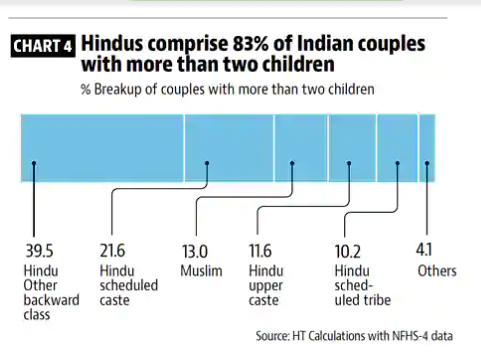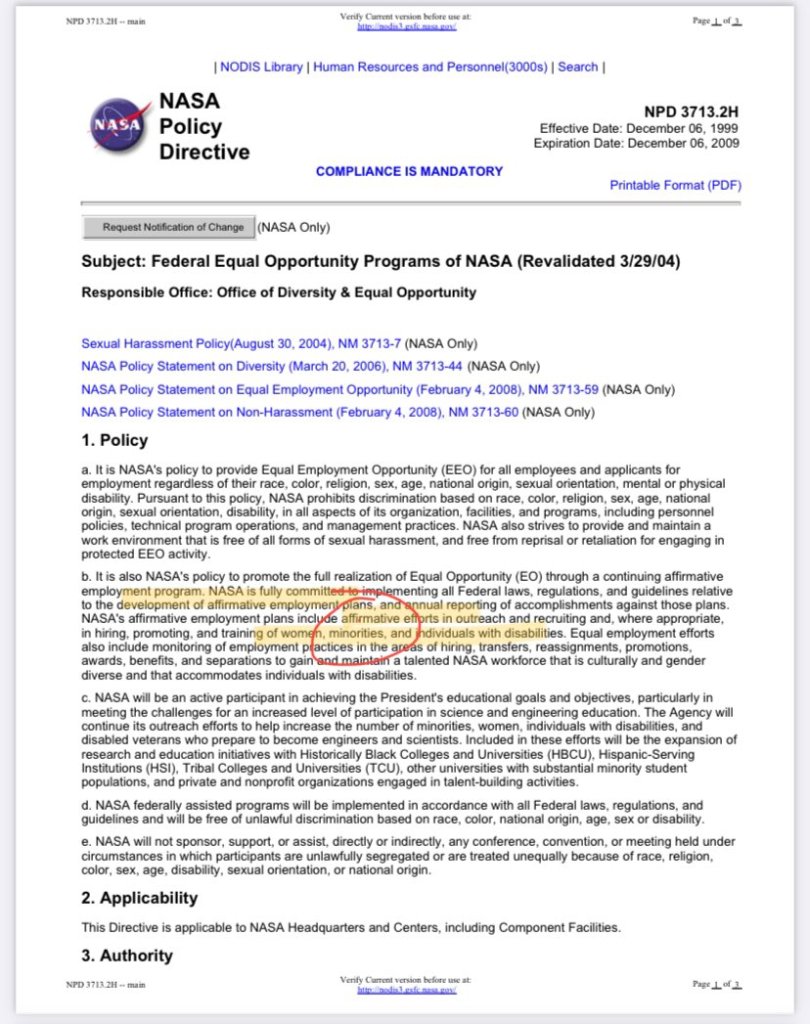Reproducible Builds: Supporter spotlight: Google Open Source Security Team (GOSST)
 The Reproducible Builds project relies on several projects, supporters
and sponsors for financial support, but they are
also valued as ambassadors who spread the word about our project and the work
that we do.
This is the fourth instalment in a series featuring the projects, companies
and individuals who support the Reproducible Builds project. If you are a
supporter of the Reproducible Builds project (of whatever size) and would like
to be featured here, please let get in touch with us at
contact@reproducible-builds.org.
We started this series by
featuring the Civil Infrastructure Platform
project and followed this up with a
post about the Ford Foundation
as well as a recent one about ARDC. However,
today, we ll be talking with Meder Kydyraliev of the
Google Open Source Security Team (GOSST).
The Reproducible Builds project relies on several projects, supporters
and sponsors for financial support, but they are
also valued as ambassadors who spread the word about our project and the work
that we do.
This is the fourth instalment in a series featuring the projects, companies
and individuals who support the Reproducible Builds project. If you are a
supporter of the Reproducible Builds project (of whatever size) and would like
to be featured here, please let get in touch with us at
contact@reproducible-builds.org.
We started this series by
featuring the Civil Infrastructure Platform
project and followed this up with a
post about the Ford Foundation
as well as a recent one about ARDC. However,
today, we ll be talking with Meder Kydyraliev of the
Google Open Source Security Team (GOSST).
Chris Lamb: Hi Meder, thanks for taking the time to talk to us today. So, for someone who has not heard of the Google Open Source Security Team (GOSST) before, could you tell us what your team is about? Meder: Of course. The Google Open Source Security Team (or GOSST ) was created in 2020 to work with the open source community at large, with the goal of making the open source software that everyone relies on more secure.
Chris: What kinds of activities is the GOSST involved in? Meder: The range of initiatives that the team is involved in recognizes the diversity of the ecosystem and unique challenges that projects face on their security journey. For example, our sponsorship of sos.dev ensures that developers are rewarded for security improvements to open source projects, whilst the long term work on improving Linux kernel security tackles specific kernel-related vulnerability classes.
 Many of the projects GOSST is involved with aim to make it easier for
developers to improve security through automated assessment
(Scorecards and
Allstar) and vulnerability discovery tools
(OSS-Fuzz, ClusterFuzzLite,
FuzzIntrospector), in addition to
contributing to infrastructure to make adopting certain best practices
easier. Two great examples of best practice efforts are
Sigstore for artifact signing and
OSV for automated vulnerability management.
Many of the projects GOSST is involved with aim to make it easier for
developers to improve security through automated assessment
(Scorecards and
Allstar) and vulnerability discovery tools
(OSS-Fuzz, ClusterFuzzLite,
FuzzIntrospector), in addition to
contributing to infrastructure to make adopting certain best practices
easier. Two great examples of best practice efforts are
Sigstore for artifact signing and
OSV for automated vulnerability management.
Chris: The usage of open source software has exploded in the last decade, but supply-chain hygiene and best practices has seemingly not kept up. How does GOSST see this issue and what approaches is it taking to ensure that past and future systems are resilient? Meder: Every open source ecosystem is a complex environment and that awareness informs our approaches in this space. There are, of course, no silver bullets , and long-lasting and material supply-chain improvements requires infrastructure and tools that will make lives of open source developers easier, all whilst improving the state of the wider software supply chain. As part of a broader effort, we created the Supply-chain Levels for Software Artifacts framework that has been used internally at Google to protect production workloads. This framework describes the best practices for source code and binary artifact integrity, and we are engaging with the community on its refinement and adoption. Here, package managers (such as PyPI, Maven Central, Debian, etc.) are an essential link in the software supply chain due to their near-universal adoption; users do not download and compile their own software anymore. GOSST is starting to work with package managers to explore ways to collaborate together on improving the state of the supply chain and helping package maintainers and application developers do better all with the understanding that many open source projects are developed in spare time as a hobby! Solutions like this, which are the result of collaboration between GOSST and GitHub, are very encouraging as they demonstrate a way to materially strengthen software supply chain security with readily available tools, while also improving development workflows. For GOSST, the problem of supply chain security also covers vulnerability management and solutions to make it easier for everyone to discover known vulnerabilities in open source packages in a scalable and automated way. This has been difficult in the past due to lack of consistently high-quality data in an easily-consumable format. To address this, we re working on infrastructure (OSV.dev) to make vulnerability data more easily accessible as well as a widely adopted and automation friendly data format.
Chris: How does the Reproducible Builds effort help GOSST achieve its goals? Meder: Build reproducibility has a lot of attributes that are attractive as part of generally good build hygiene . As an example, hermeticity, one of requirements to meet SLSA level 4, makes it much easier to reason about the dependencies of a piece of software. This is an enormous benefit during vulnerability or supply chain incident response. On a higher level, however, we always think about reproducibility from the viewpoint of a user and the threats that reproducibility protects them from. Here, a lot of progress has been made, of course, but a lot of work remains to make reproducibility part of everyone s software consumption practices.
 Chris: So if someone wanted to know more about GOSST or follow the team s
work, where might they go to look?
Meder: We post regular updates on Google s Security Blog
and on the Linux hardening mailing list.
We also welcome community participation in the projects we work on! See any of
the projects linked above or OpenSSF s GitHub projects page
for a list of efforts you can contribute to directly if you want to get
involved in strengthening the open source ecosystem.
Chris: So if someone wanted to know more about GOSST or follow the team s
work, where might they go to look?
Meder: We post regular updates on Google s Security Blog
and on the Linux hardening mailing list.
We also welcome community participation in the projects we work on! See any of
the projects linked above or OpenSSF s GitHub projects page
for a list of efforts you can contribute to directly if you want to get
involved in strengthening the open source ecosystem.
Chris: Thanks for taking the time to talk to us today. Meder: No problem. :)
For more information about the Reproducible Builds project, please see our website at reproducible-builds.org. If you are interested in ensuring the ongoing security of the software that underpins our civilisation and wish to sponsor the Reproducible Builds project, please reach out to the project by emailing contact@reproducible-builds.org.







 . This is somewhat from a Republican perspective. That is also the reason they are much anti-science.
. This is somewhat from a Republican perspective. That is also the reason they are much anti-science.







 Just as
Just as 
 Perl REGEX Problems courtesy of XKCD
Perl REGEX Problems courtesy of XKCD Grafana console showing the use of the label_replace function
Grafana console showing the use of the label_replace function
 DebConf21 is taking place online, from 24 August to 28 August 2021.
It is the 22nd Debian conference, and organizers and participants are working hard
together at creating interesting and fruitful events.
We would like to warmly welcome the 19 sponsors of DebConf21, and introduce them to you.
We have five Platinum sponsors.
Our first Platinum sponsor is
DebConf21 is taking place online, from 24 August to 28 August 2021.
It is the 22nd Debian conference, and organizers and participants are working hard
together at creating interesting and fruitful events.
We would like to warmly welcome the 19 sponsors of DebConf21, and introduce them to you.
We have five Platinum sponsors.
Our first Platinum sponsor is  Hindus comprise 83% of Indian couples with more than two child children
Hindus comprise 83% of Indian couples with more than two child children


 Before and during FOSDEM 2020, I agreed with the people (developers, supporters, managers) of the UBports Foundation to package the Unity8 Operating Environment for Debian. Since 27th Feb 2020, Unity8 has now become Lomiri.
Recent Uploads to Debian related to Lomiri (Feb - May 2021)
Over the past 4 months I attended 14 of the weekly scheduled UBports development sync sessions and worked on the following bits and pieces regarding Lomiri in Debian:
Before and during FOSDEM 2020, I agreed with the people (developers, supporters, managers) of the UBports Foundation to package the Unity8 Operating Environment for Debian. Since 27th Feb 2020, Unity8 has now become Lomiri.
Recent Uploads to Debian related to Lomiri (Feb - May 2021)
Over the past 4 months I attended 14 of the weekly scheduled UBports development sync sessions and worked on the following bits and pieces regarding Lomiri in Debian:
 As the President of the GNOME Foundation Board of Directors, I m really pleased to see the
As the President of the GNOME Foundation Board of Directors, I m really pleased to see the  Zeeshan of IYC (India Youth Congress) along with Salman Khan s non-profit Being Human getting oxygenators
Zeeshan of IYC (India Youth Congress) along with Salman Khan s non-profit Being Human getting oxygenators